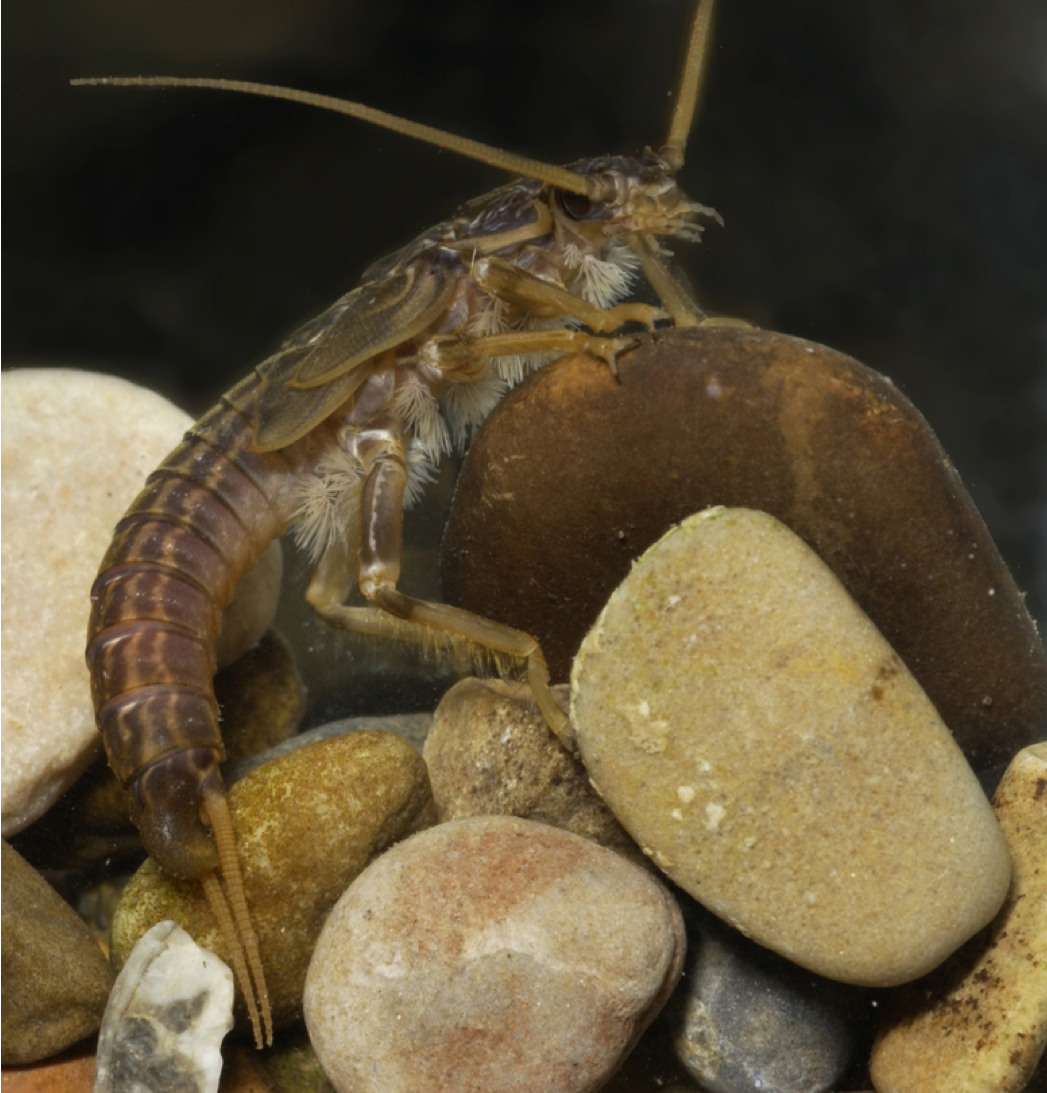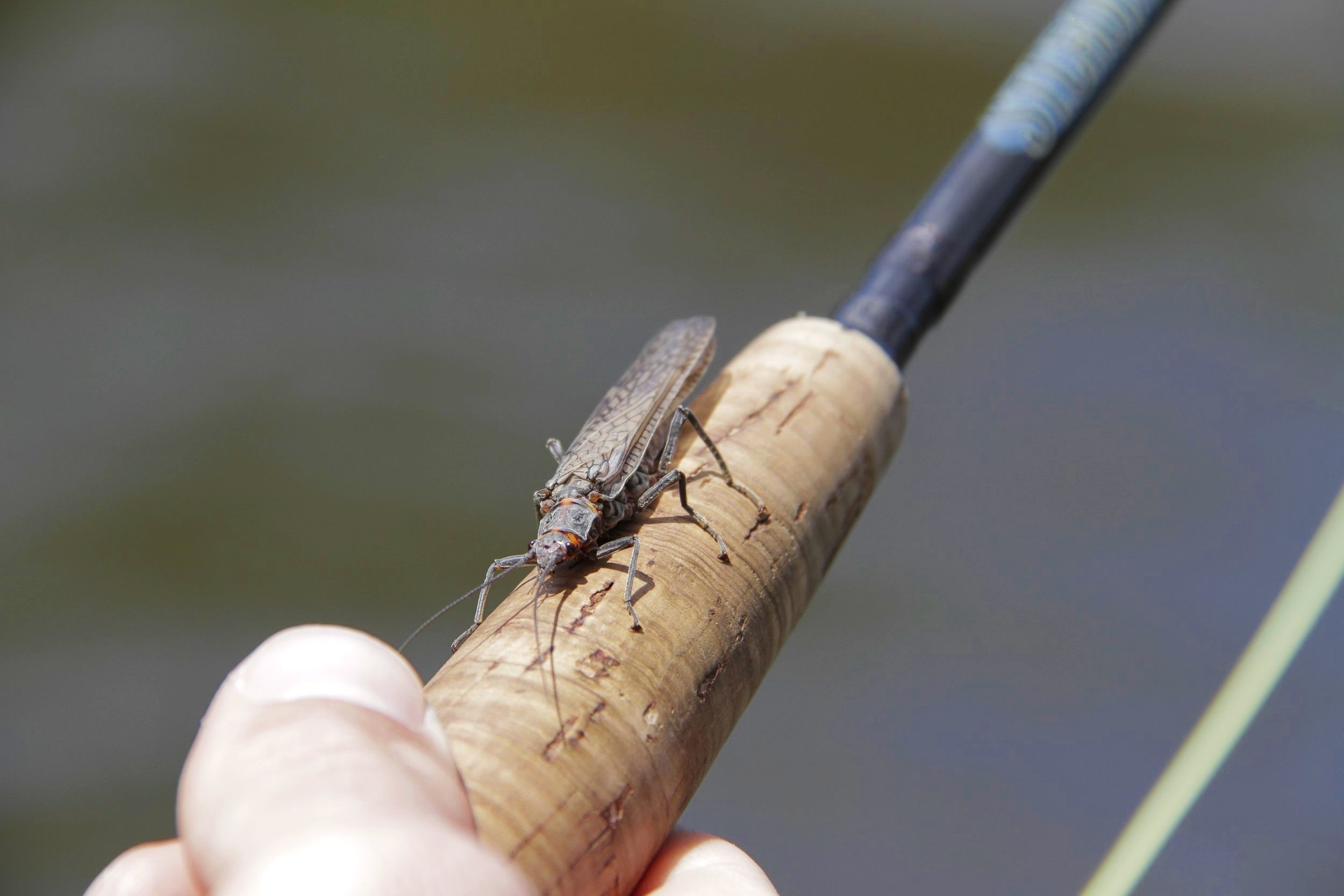
Why ‘The Salmonfly Project’?
The giant salmonfly – a flagship species for aquatic insect conservation
Meet the Pteronarcys californica – the giant salmonfly
Salmonflies - one of the largest of all stream insects - are a bedrock of trout diets. During their massive summer hatches, trout (and birds) gorge themselves on the winged adults, creating some of the best fly-fishing on Earth. ‘The hatch’ attracts anglers from all over the world, supporting small-town economies across the western US.






The Problem
Salmonflies are disappearing from prized fisheries across the western US, including Blue Ribbon Fisheries like the Madison, Logan, and Provo Rivers. In some rivers, declines have been subtle - only on small stretches. In others, salmonflies have disappeared entirely.
Declines confirmed in at least 10 key fisheries in the Rockies
Montana:
Madison (below Ennis Reservoir), Smith (above Camp Baker), Yellowstone (just above and below Livingston), and Clark Fork Rivers (above Missoula). Possibly Big Hole River (below Melrose).
Colorado:
Arkansas (entire), Colorado (Windy Gap Dam to Kremmling) and Gunnison Rivers (Gunnison to Blue Mesa Dam).
Utah:
Logan (entire) and Provo Rivers (Jordanelle Reservoir to Utah Lake). Possibly Ogden River (main stem below Pineview Reservoir; South Fork below Causey Reservoir).
Report declines on other rivers to conservation@salmonflyproject.org
Is this just a salmonfly problem?
Not at all. Salmonflies are the tip of the iceberg - a famous indicator species for widespread losses of mayflies, stoneflies, and caddisflies. Although current scientific studies are rare, estimates suggest around 25% of aquatic insects species may be declining, verifying a common consensus among anglers.
Why are aquatic insects declining?
Unfortunately, it’s often complicated; no one has a good answer (yet!). That’s where we come in! It’s likely that many subtle changes to conditions like water temperature, flow, sedimentation, pollution, and food availability are responsible, especially when changes occur together. Pinpointing the exact problem is especially challenging because impacts usually differ from river to river.
What we do
We’re a passionate team of scientists, fly-anglers, and conservationists dedicated to solving the mystery of disappearing insects and enacting changes that protect them for future generations.
We work together with diverse interests - anglers, birders, government managers, scientists, and conservationists - to research why declines have occurred, monitor existing populations, educate the community, prevent future declines, and perform sound restoration projects.
Our work benefits salmonflies and the fish, birds, and people that rely on them.


